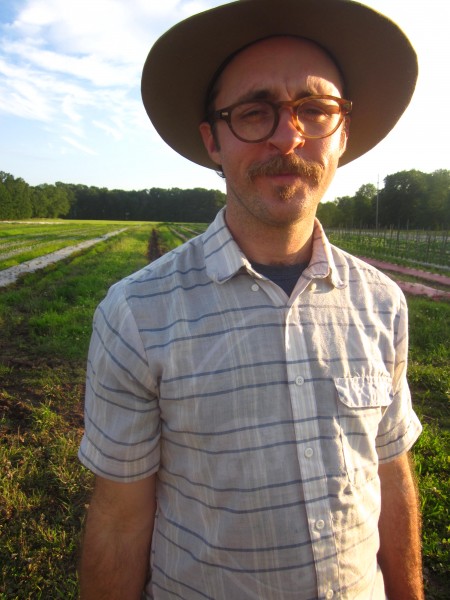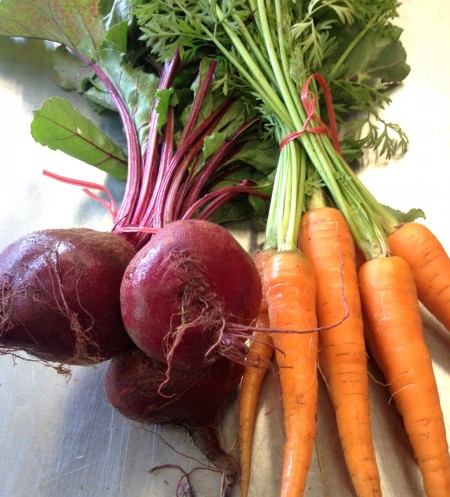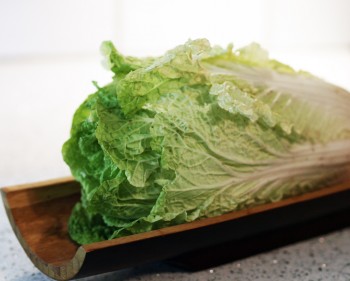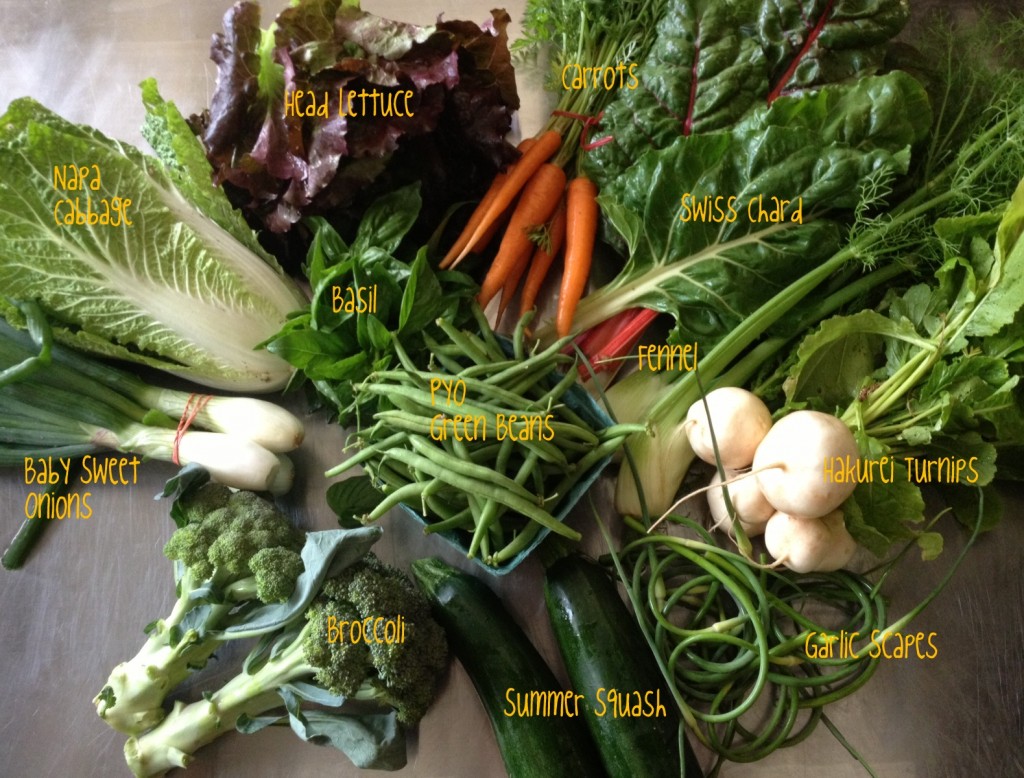19 Jul Riding the heat wave
It seems like the theme of the farm these days is water. The past few weeks it was How much is falling on the crops and How much can our fields hold, and this week it is How much are we losing from our bodies as we work (1.5 litres an hour was heard on the news) and, How do we make sure we stay hydrated.
It was so hot at the farm Sam’s car window exploded. That was around 3 pm as we’d just come in from picking summer squash. We were happy none of us exploded.
The field tomatoes are loaded with beautiful green, slightly blushed with orange, fruit. They are behind a bit from last year due to all those rainy cloudy days. Does anyone remember that?! But we are expecting them to ripen into a sea of red any day now. Even our greenhouse tomatoes are ripening very very slowly this season.
On the horizon for next week: tomatillos, asian eggplant, cantaloupes and cherry tomatoes! We began to harvest our field of garlic- always an exciting time after nine months of growth. It is pulled, bundled and strung up in the barn to dry and cure over the next 5-6 weeks.
This week’s share included the first of the sweet corn. We grow the corn organically like all our crops, so yes, you’ll see some bugs and worms. We are experimenting with releasing beneficial insects (parasitic wasps) to combat the european corn borers and the dreaded tip worm. This week alone we released 500,000. They came as eggs on perforated felt paper, to be hung in the corn field.
Here at Blooming Glen, it’s also a never ending quest to keep the blackbirds out of our sweet corn- the birds are responsible for shredding back the tips of the husks to get at the super sweet kernels. You may remember the year of the giant green bird net, or the year of the blow-up scare-eye ballons and tall rattling aluminum can sculptures. This year we’ve rigged up a cordless radio, rumored to keep the birds away. Preliminary results of this experiment show our birds like NPR, but not country music. We’re not sure yet if it’s enough of a dislike to keep them out of the corn patch, however. We’ll keep you posted. Stay cool- and drink lots of water- we are!
Text and photos by Tricia Borneman, Blooming Glen farmer and co-owner

































